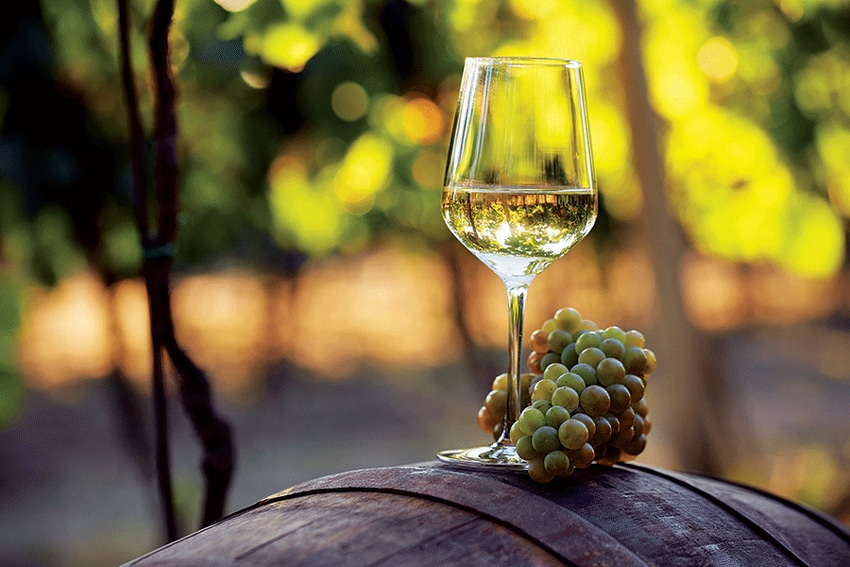
From time to time, California’s wine industry has to reassure the public as to how disasters may have affected wine production.
Last fall, industry groups pushed back against initial reports that wildfires that swept through the northern San Francisco Bay area may have significantly damaged vineyards, when in fact most grapes were already harvested, and only a tiny percentage of vineyards were singed by flames.
This summer, the Wine Institute is publicizing a French university study, that although California wines made after 2011 may have traces of radioactive material from the Fukushima nuclear power plant incident in Japan, the levels are nearly undetectable.
Michael Pravikoff, one of the study’s authors, says in a news release that the amount of radiation present in all the wines tested is far too minuscule to represent any harm to a person’s health — that one would have to drink more than 40,000 bottles in a year, or 110 bottles every day, to register any effect (and if you did that, you’d have bigger problems than radiation).
The university study reports that California wines contain 100 times less than the World Health Organization guidance level for drinking water, the Wine Institute notes. For its part, the WHO also reported that the levels do not constitute any danger.
‘SENSATIONAL HEADLINES’
University of California researchers agree. Kal Vetter, UC-Berkeley professor of nuclear engineering, and a team of scientists and colleagues measured radiation in California five years and beyond the Fukushima disaster, and also found nothing of concern, the institute says.
In a recent Facebook post, the UC-Davis Department of Viticulture and Enology noted that some “sensational headlines are suggesting that California wines have been tainted” by fallout from the Japanese nuclear plant meltdown following an earthquake and tsunami March 11, 2011.
The post explains that Pravikoff regularly works on determining the age of wines by measuring gamma rays emitted by cesium-137, a radioactive element that first appeared on Earth in 1952. He found that the amount of cesium-137 doubled in 2011, just after the Fukushima disaster, but the California wines he tested still had such low levels that researchers had to use a special detector to even find them.
The wine had to be concentrated into ash and placed in the middle of the detector, which is shielded with lead, so all the radiation emitting from the wine was captured. “In fact, it is far below the background radiation in natural foods,” UC Professor and Chemist Andrew Waterhouse said in a statement on Facebook. “For reference, the natural radiation from a banana is about 1,000 times higher than the cesium-137 that they reported in these wines.”
OCEAN RADIATION
The reassurances come after a study in 2015 found increased levels of radiation in the Pacific Ocean and its marine life off the coast of North America in the aftermath of the incident. But it was atmospheric radiation that made its way across the Pacific and into the grapes in California, researchers say.
The Wine Institute notes that the California Department of Public Health’s Radiologic Health Branch conducts weekly air monitoring along the coast, which was increased after Fukushima, but it still determined there was no public health risk.
The study by Pravikoff and Philippe Hubert can be found at https://bit.ly/2vDCNJE
About the Author(s)
You May Also Like






